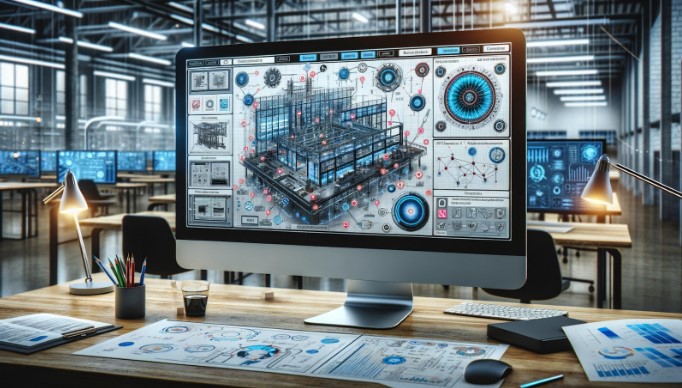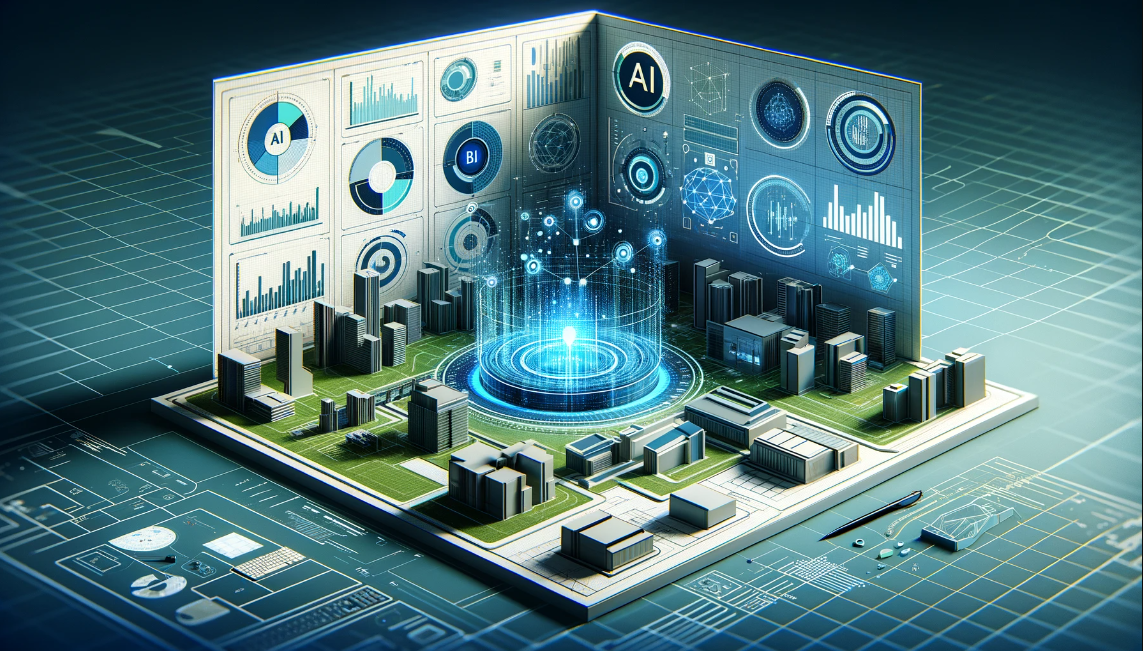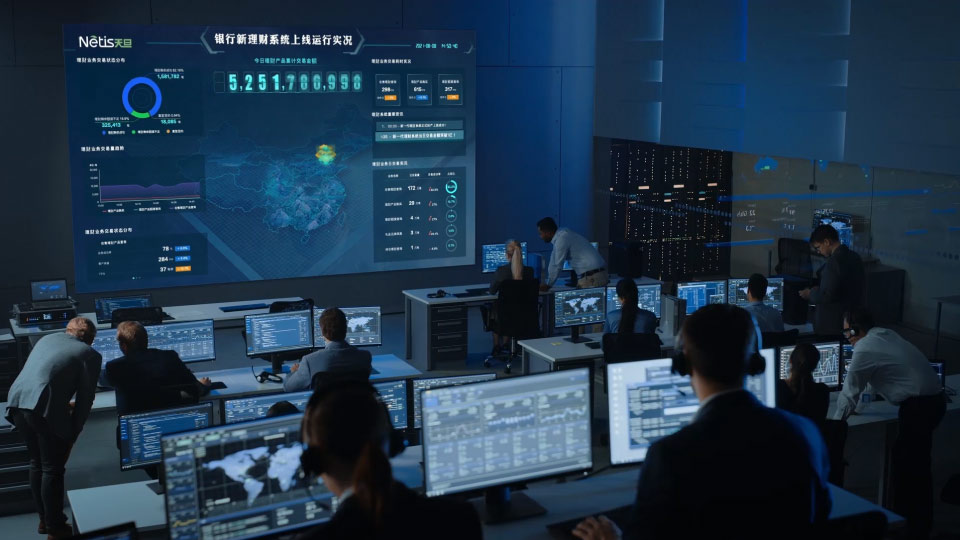Specific Applications of AI in Architecture
1. AI and BIM Integration
1.1. Intelligent Component Libraries and 3D Model Generation
AI can revolutionize the design process by creating intelligent component libraries. Instead of manually classifying and reusing elements, AI collects and organizes building components, extracts parameters, and automatically recognizes items such as toilets, kitchens, or bedrooms from 2D CAD drawings.

This process enables a smooth transformation from 2D to 3D. For example, when AI detects a toilet symbol on a floor plan, it can automatically insert the appropriate 3D model, progressively completing the full interior layout. Designers can then test the 3D model for errors and confirm the final structure, saving considerable time and minimizing mistakes.
1.2. AI-Assisted Building Layout Planning
Through big data and deep learning, AI can analyze a wide range of house plans and generate optimized layouts based on keywords such as “modern” or “comfortable.” Using algorithms like spatial syntax, AI calculates the most efficient arrangement for spaces, ensuring functionality and comfort.

Clients can preview multiple options, select the most suitable plan, and refine it before importing into BIM. Once approved, AI instantly generates a 3D model—making the design process faster, smarter, and more client-focused.

1.3. AI in Electromechanical Systems Design
Mechanical, electrical, and plumbing (MEP) layouts are among the most challenging aspects of construction. Traditional CAD drawings often fail to capture potential conflicts, leading to costly rework on-site.

AI-enhanced BIM allows for collision detection between architecture, structure, and electromechanics before construction begins. For instance, AI can identify where pipelines overlap and automatically suggest modifications while reserving necessary maintenance space.

Beyond design accuracy, AI supports green building practices. By applying neural network algorithms, it evaluates energy consumption of electrical and gas systems, optimizes configurations, and provides scientifically weighted assessments. This ensures that buildings meet future standards for energy efficiency and sustainability.
2. AI in Building Construction
During construction, AI combines with BIM and IoT to create an intelligent monitoring system. Sensors and cameras on-site continuously capture data, while edge AI processes the information in real time. If conditions deviate from safety thresholds—such as excessive vibrations or improper material use—the system issues alerts for immediate correction.

Additionally, drones and cameras monitor construction progress daily, comparing it against planned schedules. This acts as a “black box” for the project, recording every stage for accountability and problem-solving. Ultimately, AI reduces risks, improves site safety, and ensures higher-quality outcomes.
3. AI in Operation and Maintenance (O&M)
AI extends beyond design and construction into operation and maintenance (O&M). Through a cloud-based platform, AI algorithms analyze sensor data to ensure building systems run smoothly.

For example, if employees enter an office and the air conditioning is triggered but the temperature does not drop as expected, AI quickly identifies the malfunction, alerts the terminal, and dispatches maintenance personnel.
This predictive and responsive management system enhances efficiency, reduces downtime, and improves occupant comfort while lowering long-term operational costs.
- [THÔNG BÁO] – Lịch bảo vệ Capstone 1&2 (chỉnh thức) và Một số lưu ý quan trọng
- Giới thiệu khoá học IPv6 Address Planning Course (APNIC Academy)
- NHỮNG KĨ NĂNG CẦN THIẾT CỦA SINH VIÊN NĂM NHẤT TRONG THỜI ĐẠI CÔNG NGHỆ SỐ
- Hướng dẫn cài đặt Flask cho ứng dụng Python trên aaPanel
- CẢNG BIỂN VÀ CÁCH VẬN HÀNH CẢNG BIỂN

